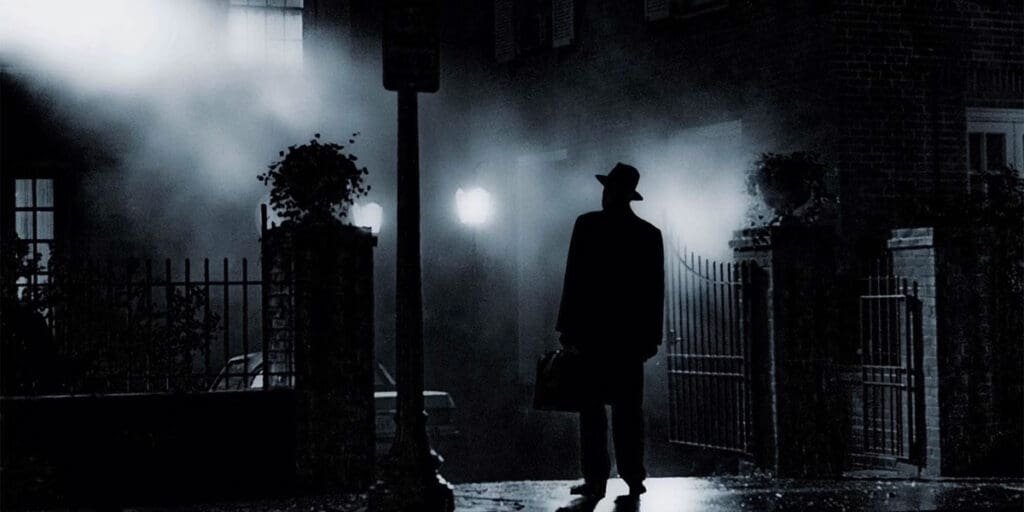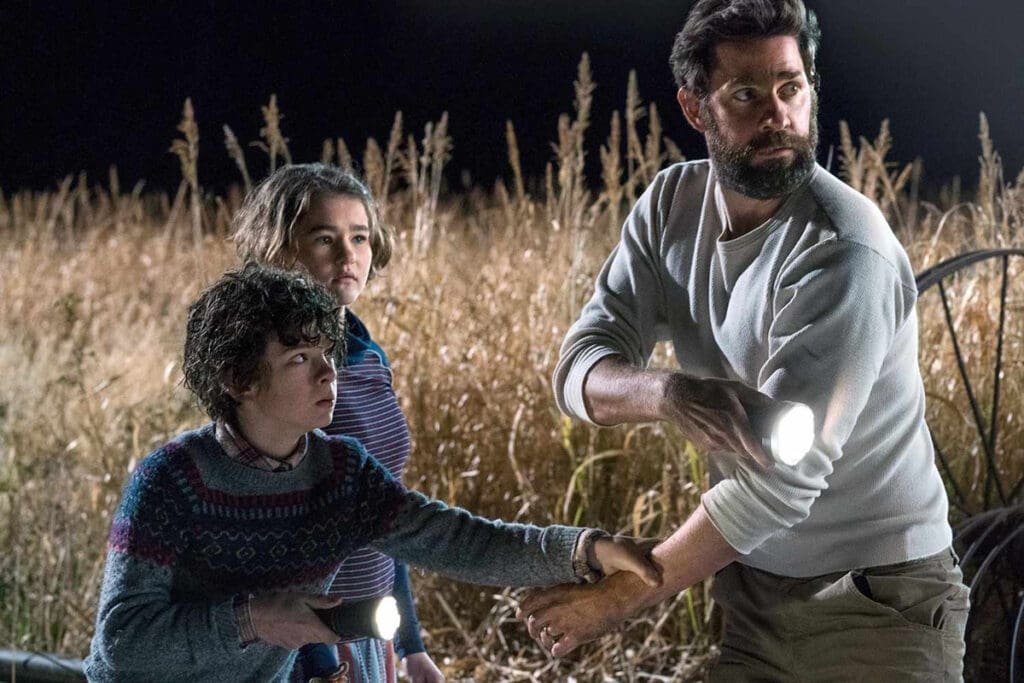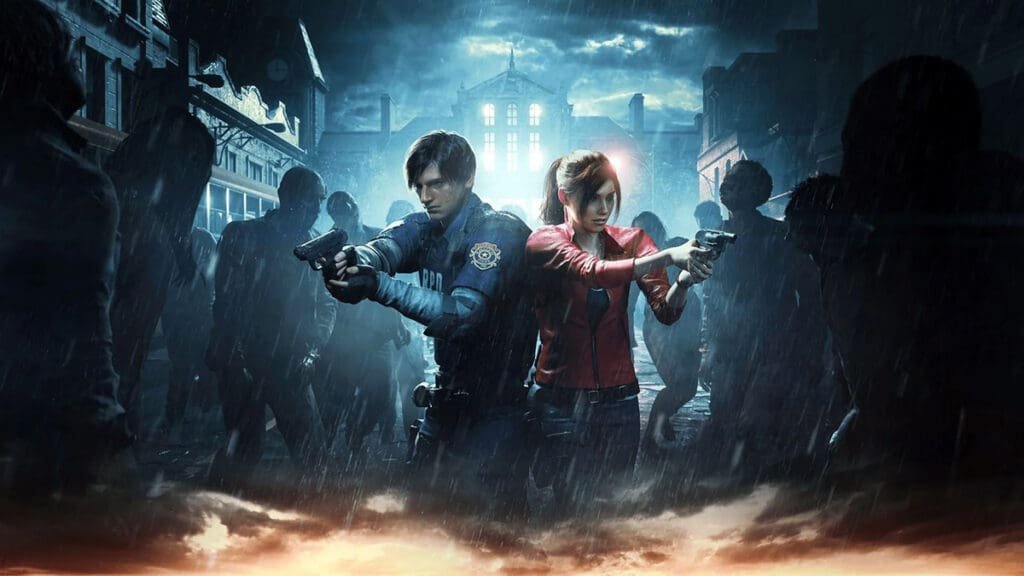If you’ve ever found yourself gripping the armrest of your seat, heart pounding, as an eerie melody creeps into your ears, you already know that horror isn’t just about what you see—it’s about what you hear. Sound design is the secret sauce of horror, the invisible force that slithers under your skin and makes your spine tingle. From blood-curdling screams to unsettling ambient noises, horror soundtracks are engineered to unnerve and terrify. So, how does sound make horror, well… horrifying? Let’s dive into the dark and disturbing world of auditory terror.
The Science of Fear: Why Sound Messes with Your Brain
Before we geek out over the best horror soundtracks, let’s talk science. Our brains are hardwired to react to sound in ways that date back to our prehistoric ancestors. Certain frequencies—especially low-frequency infrasound (below 20 Hz)—are known to induce unease and anxiety. These barely perceptible sounds mimic the vibrations of earthquakes or growls of a predator, making our primal instincts scream, Something is wrong! Run! Horror sound designers know this, and they use it to their advantage.
Ever heard a soundtrack that makes you feel anxious without any apparent reason? That’s infrasound at work. It’s why you feel uneasy in movies like Paranormal Activity and The Blair Witch Project—even when nothing scary is happening on screen.

The Sound of Dread: Iconic Horror Soundtracks
A horror film without a killer soundtrack is like Dracula without fangs—pointless. Here are some of the most spine-chilling scores that prove just how essential sound is to the horror experience:
🎵 John Carpenter’s Halloween (1978)
A simple yet horrifying piano riff that drills into your soul. It’s repetitive and relentless and perfectly mirrors Michael Myers’s unstoppable nature.
🎻 Psycho (1960) – Bernard Herrmann’s Screeching Strings
Those high-pitched stabs during the infamous shower scene? Pure, unfiltered panic. Herrmann’s score turned an already terrifying moment into an all-out psychological assault.
🦈 Jaws (1975) – John Williams’ Two Notes of Doom
Just two notes. That’s all it takes for your brain to scream Shark!, proving that minimalism in horror soundtracks can be just as effective as a full orchestral assault.
🔪 Suspiria (1977) – Goblin’s Nightmarish Soundscape
The Italian prog-rock band Goblin crafted one of the most unsettling horror soundtracks ever, blending whispers, screams, and bizarre melodies to turn Suspiria into an otherworldly fever dream.
👁️ The Exorcist (1973) – Tubular Bells
A haunting melody that sounds like it came straight from an eerie, possessed music box. You hear it, and suddenly, you know something bad is about to happen.

Jump Scares, Ambient Horror, & the Sound of Silence
Horror sound design isn’t just about killer soundtracks—it’s about how sound is used. Three key elements make up the terrifying audio landscape of horror:
🔊 Jump Scares
The classic bait-and-switch. Silence was followed by a sudden, ear-shattering noise. Cheap? Maybe. Effective? Absolutely. Movies like Insidious and The Conjuring have mastered this technique, making us jump out of our seats every single time.
🌫️ Ambient Horror Sounds
Sometimes, it’s the things you barely hear that creep you out the most. Distant whispers, guttural growls, or the faint sound of children laughing when no one’s there (nope, nope, nope!). These sounds manipulate our fear of the unknown.
🔕 The Power of Silence
Silence can be more terrifying than sound. Films like A Quiet Place and The Others weaponize silence, forcing us to listen harder, making every tiny sound feel like a death sentence.

How Horror Games Take Sound to the Next Level
If horror movies use sound to scare you, horror video games use sound to control you. Games like Resident Evil, Silent Hill, and Dead Space create entire worlds where sound is a survival tool. Ever heard an enemy before you see it? That’s intentional. The creaking floorboards, distant moans, and static-laden radio signals turn every step into a nerve-wracking decision.
Final Screams: Why Sound Will Always Be Horror’s MVP
Horror isn’t just about blood and jump scares. It’s about atmosphere, tension, and psychological warfare—and sound is the MVP of the genre. Whether it’s an eerie melody, a sudden jarring noise, or the terrifying weight of total silence, sound plays with our deepest fears in ways we don’t always consciously realize.
So, next time you’re watching a horror movie, close your eyes for a moment and just listen. Chances are, the terror isn’t just in what you see—it’s lurking in what you hear.
What’s Your Favorite Horror Soundtrack?
Now it’s your turn! Do you have a horror movie score that gives you chills every time you hear it? Drop your favorites in the comments, and let’s talk horror soundtracks! 🎶💀














Arline Babka
March 11, 2025 / at 1:50 pm
So true (and an excellent article)! Even as a child we had soundtracks from haunted mansion. The soundtracks get so much scarier when we grow up !